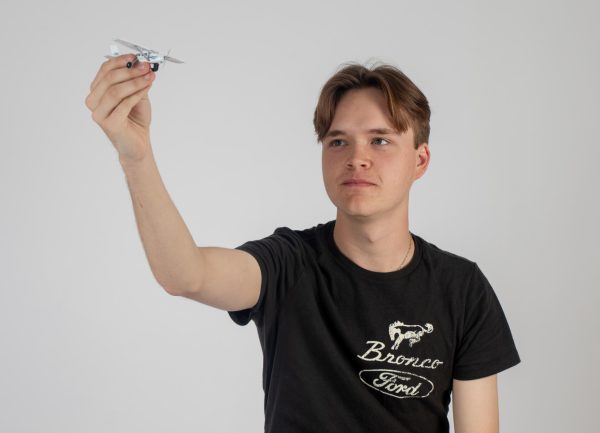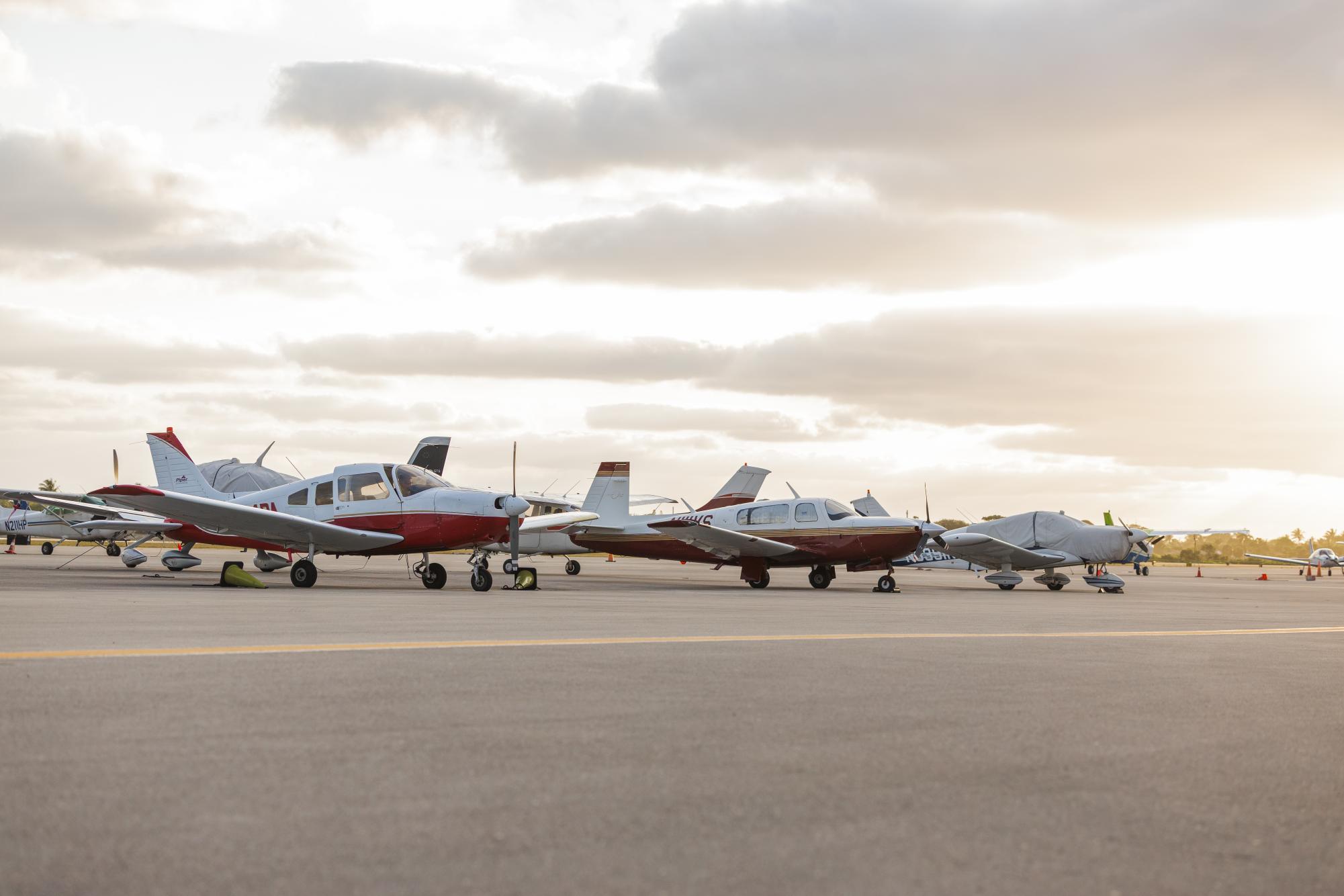On his 16th birthday, vocal senior Sebastian Reynolds was granted by his parents the opportunity of a discovery flight, an introductory flight lesson with a certified flight instructor. When the airplane wheels touched down, the instructor stepped out and said to Reynolds’ mother, “Well, your son is infected with the aviation bug.”
Two years after that discovery flight, Reynolds accomplished his goal of attaining a Private Pilot License (PPL), receiving the official certification in November 2024. The license allowed him to fly anywhere in the United States, limited only by certain weather conditions and flight restrictions such as presidential air travel or flying commercially, not allowing him to fly for payment.
“(Being able to fly) still feels surreal,” Reynolds said. “(Flying is) something that I’ve wanted to do for ages. Looking back on when I was three or four and going to my first airshow with my dad, that’s when I really fell in love with it (aviation).”
Reynolds explained that his father played an instrumental role in supporting his interest in aviation. Similarly to Reynolds, his father grew up “right by the airport.”
“(My dad) constantly supported me, knowing that (flying) was my dream,” Reynolds said. “It was also a dream for him to be able to fly with me.”
In addition to his Advanced Placement (AP), music, and online classes, Reynolds participated in the Part 141 program, the Federal Aviation Administration-approved curriculum for flight schools, which entailed studying on his own time and “(trying) to fly once a week.” Towards the end of the school year, Reynolds, preparing for his exams and completing his college applications, had to balance flying with academics.
“At points, it felt like I was taking four extra classes just for flight,” Reynolds said. “(The flight proctor tests) you on your flight planning skills, weather skills, and safety skills. Towards the end (of the year), I was doing college applications, SAT and ACT study, and piloting at the same time. I remember thinking, ‘Do I really want to keep putting this work in?’”

However, he continued to prepare for his piloting certification exam by taking flight lessons where he practiced emergency maneuvers and familiarized himself with the controls. Over the course of these lessons, Reynolds had three flight instructors. The first was now-commercial pilot for NetJets, a private jet company, Nicole Wellman.
“I (helped him with his) goals, his ground school, his written test, and I instructed him for the most part,” Wellman said.
Reynolds acquired 50 hours of flying in a Cessna 152 and a Cessna 172. There’s an additional “50 hours just reviewing ground school,” Wellman explained. Although Reynolds was committed to the Cessna, he now primarily flies Cherokees, which have the low wings common in commercial aviation as opposed to the “easier-to-control” high-wing Cessna planes.
“My personal favorite (airplane) is a Cessna,” Reynolds said. “It’s what I learned to fly in. Whenever I’m flying a Cessna, it feels like riding a bicycle.”
Reynolds recalled his first solo flight. Wellman stepped out of the plane and instructed him to complete three takeoffs and landings.
“I remember looking to my right and not seeing anyone there,” Reynolds said. “I was like, ‘Holy crap, I’m flying a plane by myself.’ That’s when I first really felt (that I was) making progress in this (piloting), and that I should keep going.”
In November 2024, Reynolds put his preparation to the test. Reynolds first passed a written exam. Afterward, Reynolds took the Checkride, the national piloting exam set by the Federal Aviation Administration, which he said “is one of the hardest exams you can take.” The Checkride consists of two portions: the oral exam and the hands-on flight. For the oral section, which lasts three to six hours, a proctor evaluated him with a series of questions, testing him on flight planning, weather, and safety skills.
“You need to know every single rule in a 1,000-page book,” Reynolds said. “They can ask you (about) any single one by number or by name, and you have to know what it is.”
Afterward, students complete a hands-on flight. The test includes taking off, simulating emergency landings, and landing with the engine off. Subsequently, the flight proctor tested Reynolds on Instrument Flight Rules (IFR), a section that tests the minimum requirements for flying in low visibility conditions. During IFR, the student wears goggles, masking everything except the flight instruments.
“Then, they disorient you,” Reynolds said. “During (my IFR), the instructor thought it’d be a great idea to put the plane almost upside down. I had to recover it at about 2,000 feet.”
Reynolds passed the exam and is now permitted to fly independently. He has plans to pursue a future in the aviation industry and is currently committed to the University of Central Florida for Aeronautical Engineering.
“The DP, the person who runs the Checkride, looked at me, and he said, ‘Congratulations on being the newest pilot in the United States.’ I finally realized that all that work and everything had paid off,” Reynolds said.




